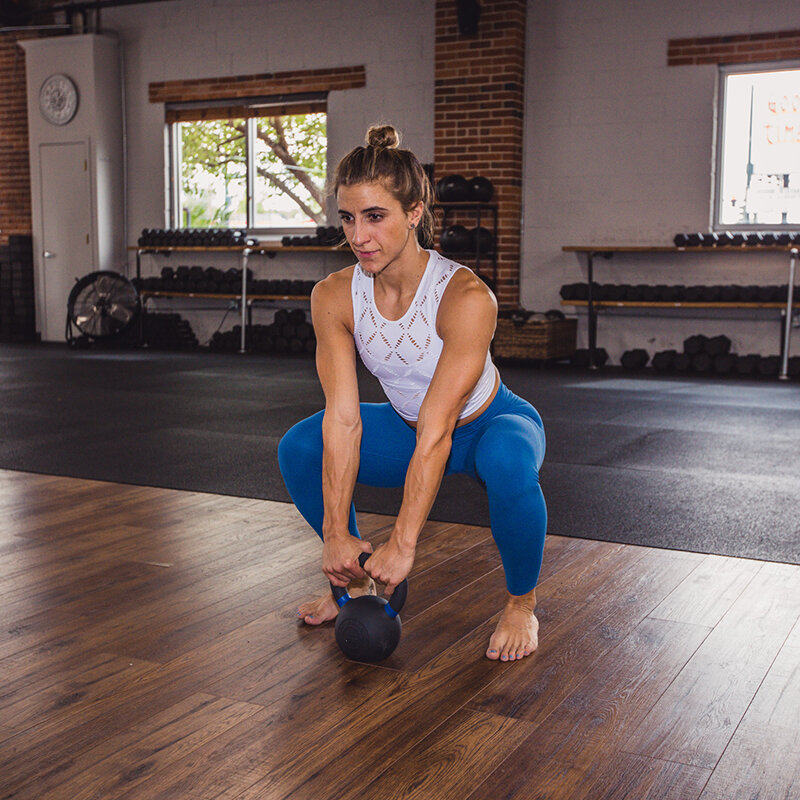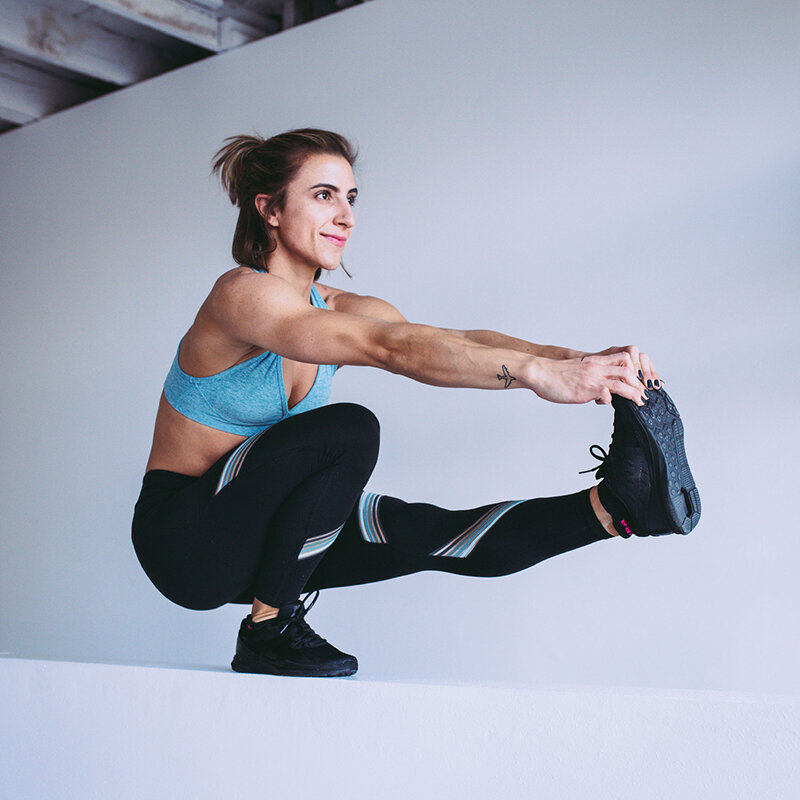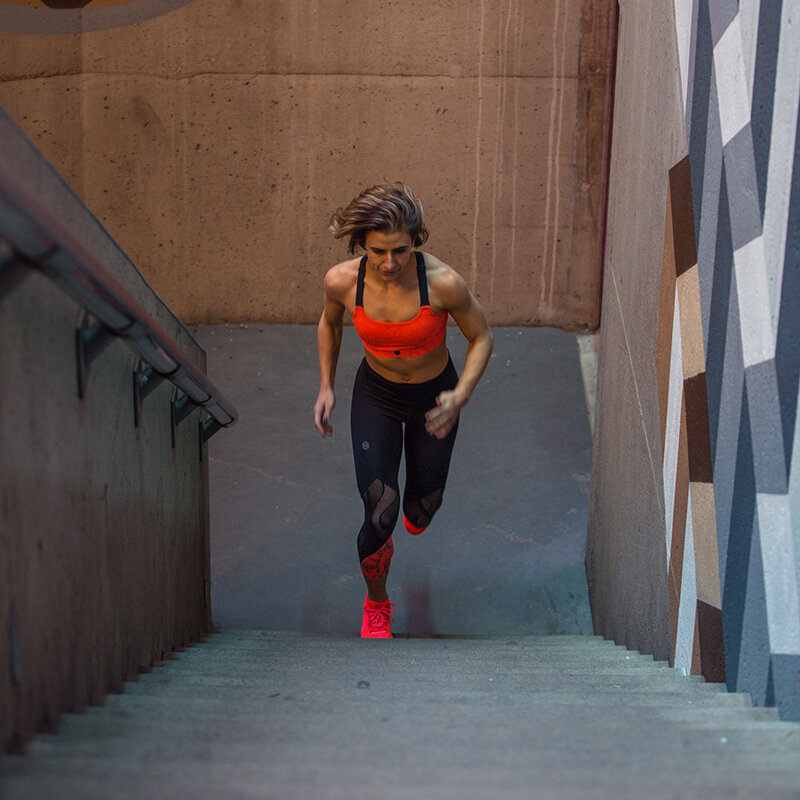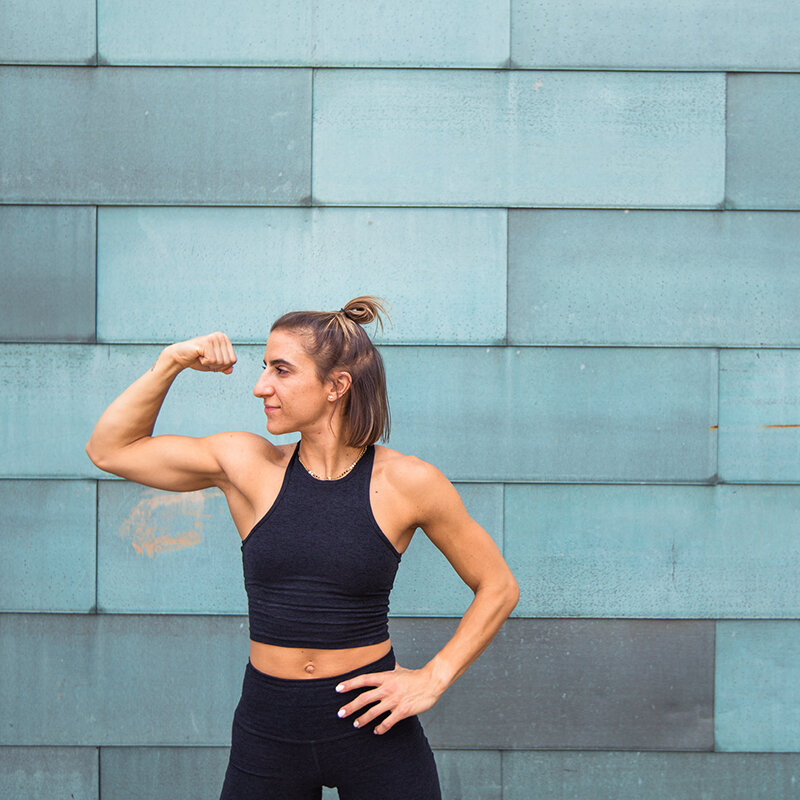Six Ways to Increase Athleticism
Look. I’m (freshly) in my 30’s. I’m no longer trying to be the next Mia Hamm. Or the first female Lebron James. But I think there’s a big misconception around what it means to increase athleticism, especially when that athleticism has nothing to do with being a (generally twenty-something) professional athlete.
One. You can be athletic and never win a medal for it.
Two. You can hone your athletic prowess.
Three. Your age has scientific implications for your body, but not your effort.
The fact of the matter is that there is a level of athleticism that is achievable. Period. It all depends on your approach.
With that being said, it’s important to focus on your end goal. You don’t have to devote all - or any - of your energy to numbers (although those are a nice objective measurement when it comes to speed, strength, and stamina). You can simply use more subjective measurements by anecdotally taking into account how you feel.
As of late, my end goals have transitioned from more traditional sports to adventuring. I started running outside again, and I’ve become a huge fan of mountain biking. I don’t have time targets. I’m not trying to lose weight. I want to feel strong in both scenarios because that strength increases my confidence, and when my confidence increases, I know that I more deeply enjoy the experiences. Will I wake up sore some mornings? Yes. But I want to put my body in a position to be able to safely handle these modes of physical activity.
That brings me to point three: age. It is scientifically proven that it takes longer to recover from injury as we age (you can read more about that in an article from Outside here); however, you don’t lose the ability to increase your athleticism just because you make it another year around the sun.
So, let’s push excuses aside and hop to it (literally and figuratively)! Here are six areas of focus to boost your athletic super powers:
ONE. Mobility.
I want to start here because it is usually the most overlooked trait when it comes to training. People love to talk about lifting heavy weights and flying down the track at Usain Bolt-like speeds; people do not love to talk about hip mobility. I get it. It’s boring. And if we’re talking about hip mobility, it usually looks like a lot of weird hip gyrations (as I show you below). But if you don’t have the mobility to get into the correct position to produce power, then you’re not going to produce strength or speed or whatever else you may be trying to achieve. Mobility exercises aren’t glamorous by any means, but they are vital to keeping your body safe.
TWO. Flexibility.
Not to be confused with mobility, flexibility is defined as, “the ability of a muscle or muscle groups to lengthen passively through a range of motion.” Mobility is about your joints; flexibility is about your muscles. And flexibility is more achievable via mobility. Long story short: get the joints moving correctly and the muscles will have a better capacity to lengthen (once upon a time, I wrote a much longer blog post on this topic here). Both mobility and flexibility are an integral part to increasing athleticism, and it’s why I love integrating yoga into my fitness routine.
THREE. Strength.
The most common and effective way to increase strength is via resistance training. This method is what we see in most traditional workouts: weightlifting, bodyweight training, bands, dumbbells, etc. All help to build a more resilient framework. Age does affect our bone density. Resistance training improves bone health, maintains muscle tissue, and decreases risk of injury.
FOUR. Power.
Mobility, flexibility, and strength all work simultaneously to increase power. In addition to bone density, age also impacts fast-twitch muscle fibers. These fibers are responsible for supporting quick, powerful movements (think sprinting or weightlifting). If you don’t use them, you will lose them. I’m a huge fan of jump training, plyometric training, and Olympic lifting to keep those fast-twitch muscle fibers on their toes (not real toes, of course).
FIVE. Coordination.
We do not live in a single plane, so our movement must also exist in multiple planes, which requires coordination to transition in and out of planes effectively. The better you become moving forward and back, side to side, and diagonally, the more comfortable you become sensing where your body parts are without looking at them (if you want to sound really smart at a party, this is actually called “proprioceptive awareness” and it’s a vital part of increasing athleticism to avoid injury). Dynamic warmups are a great way to work on coordination (you can follow along with one of mine below). Also, if you’re feeling frisky, harness your middle-school self and grab a jump rope. Jump roping is both a really effective warmup and workout.
SIX. Rest.
Finally, and equally as - if not more - important as everything else, you need to rest. Overtraining is a very real thing. If you don’t give your body adequate rest, it is simply not going to perform at optimal levels (no matter how much mobility and flexibility and strength and power and coordination you seek to obtain). Take a rest day, observe your water intake, foam roll, get a massage, and listen. That last point is really the most important: LISTEN. Your body knows what it needs. I promise you. Don’t be afraid to listen to it. And don’t be afraid to switch up a daily or weekly routine to honor what it’s asking from you.
I strongly believe in our abilities to increase our athleticism, which is the reason that I focus on all six of these areas in the TL Method (yes, even resting). There are countless resources online to follow with the right amount of Googling, but if you’re interested in one streamlined approach with a core of amazing teammates, click here to learn more and sign up for a free week.
Happy moving, my friends!
xo,
Tara





